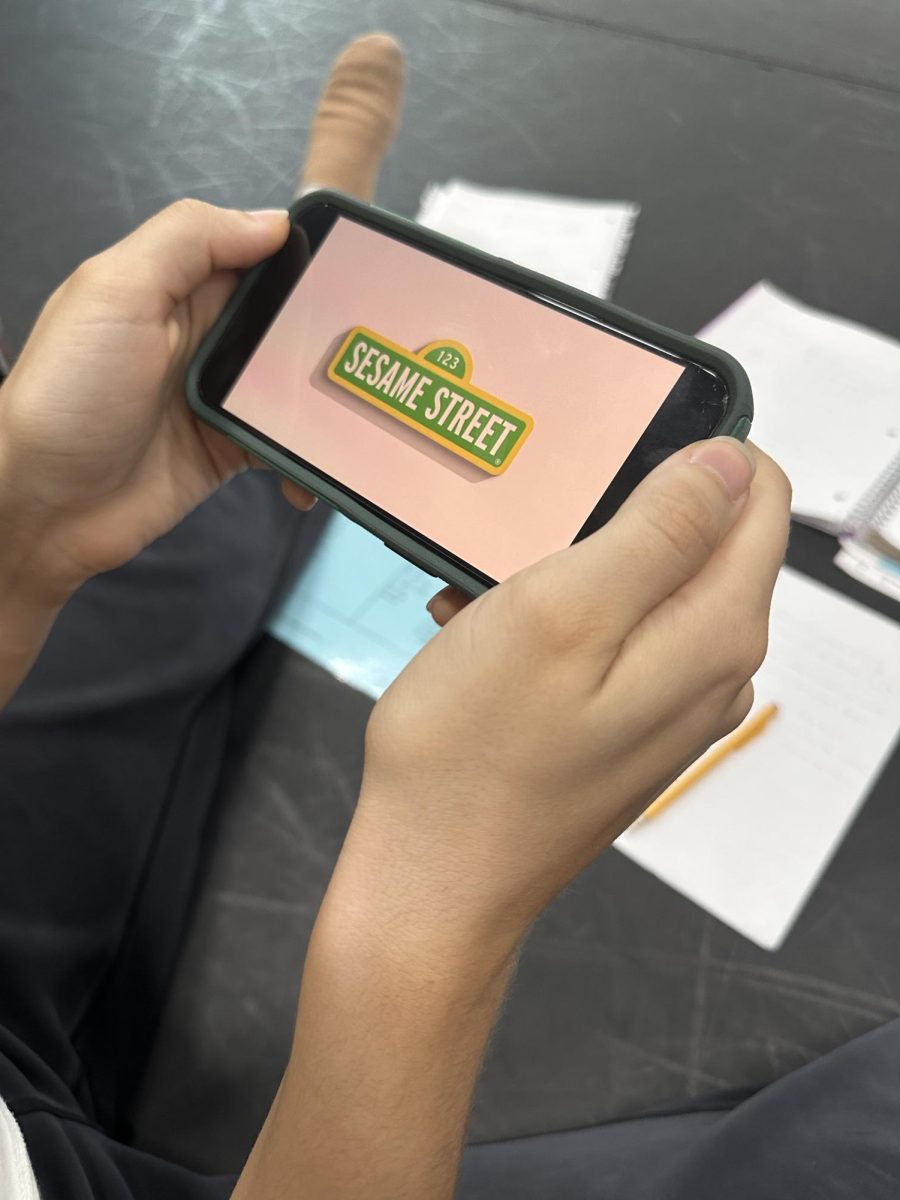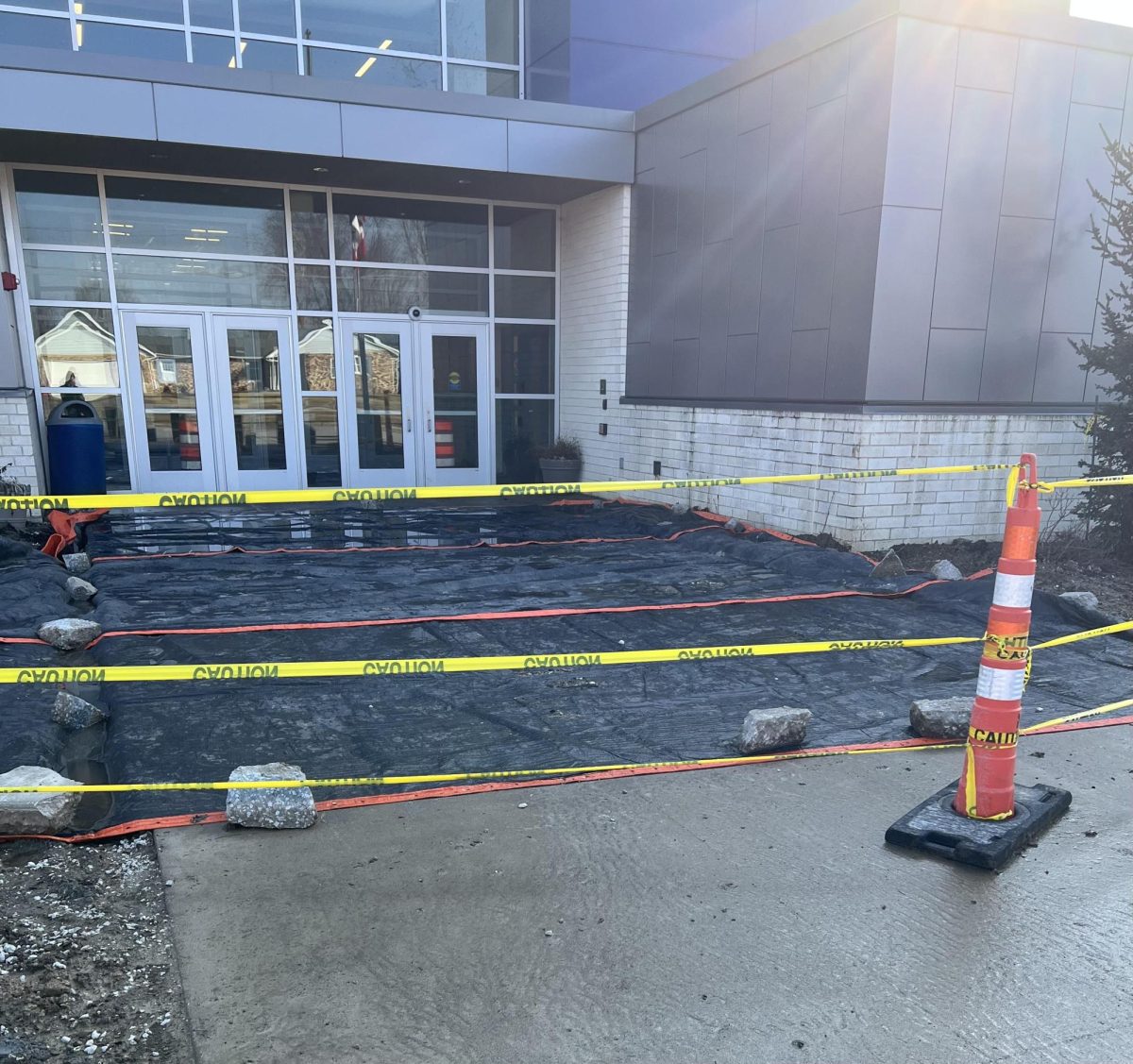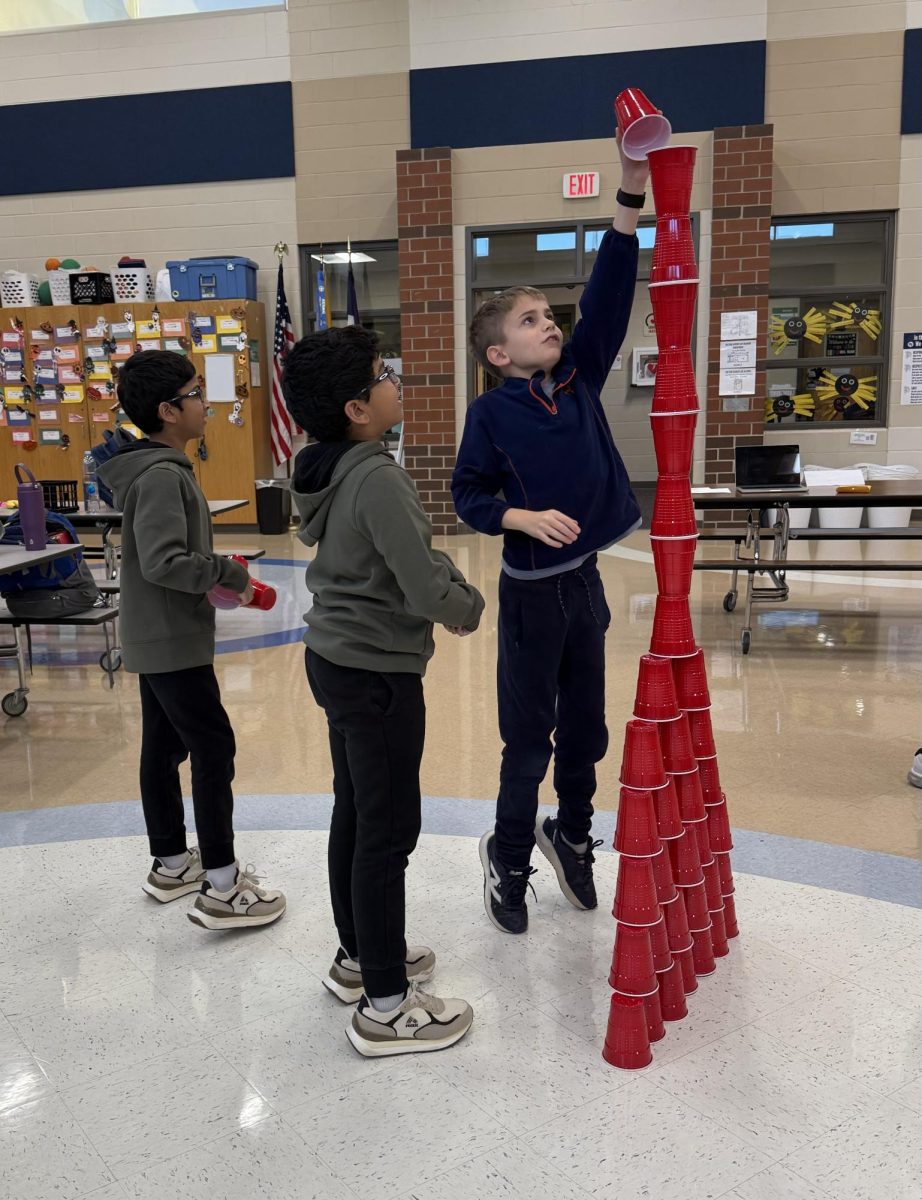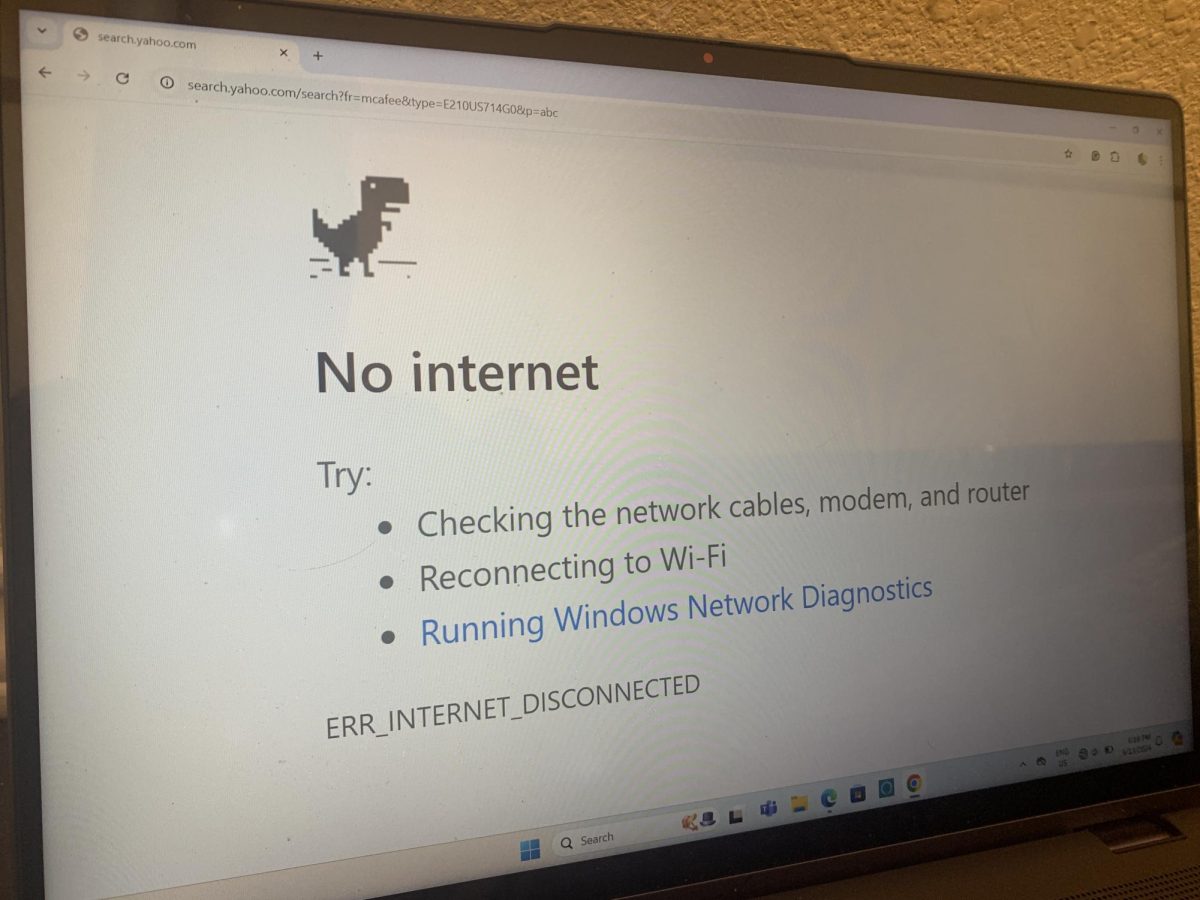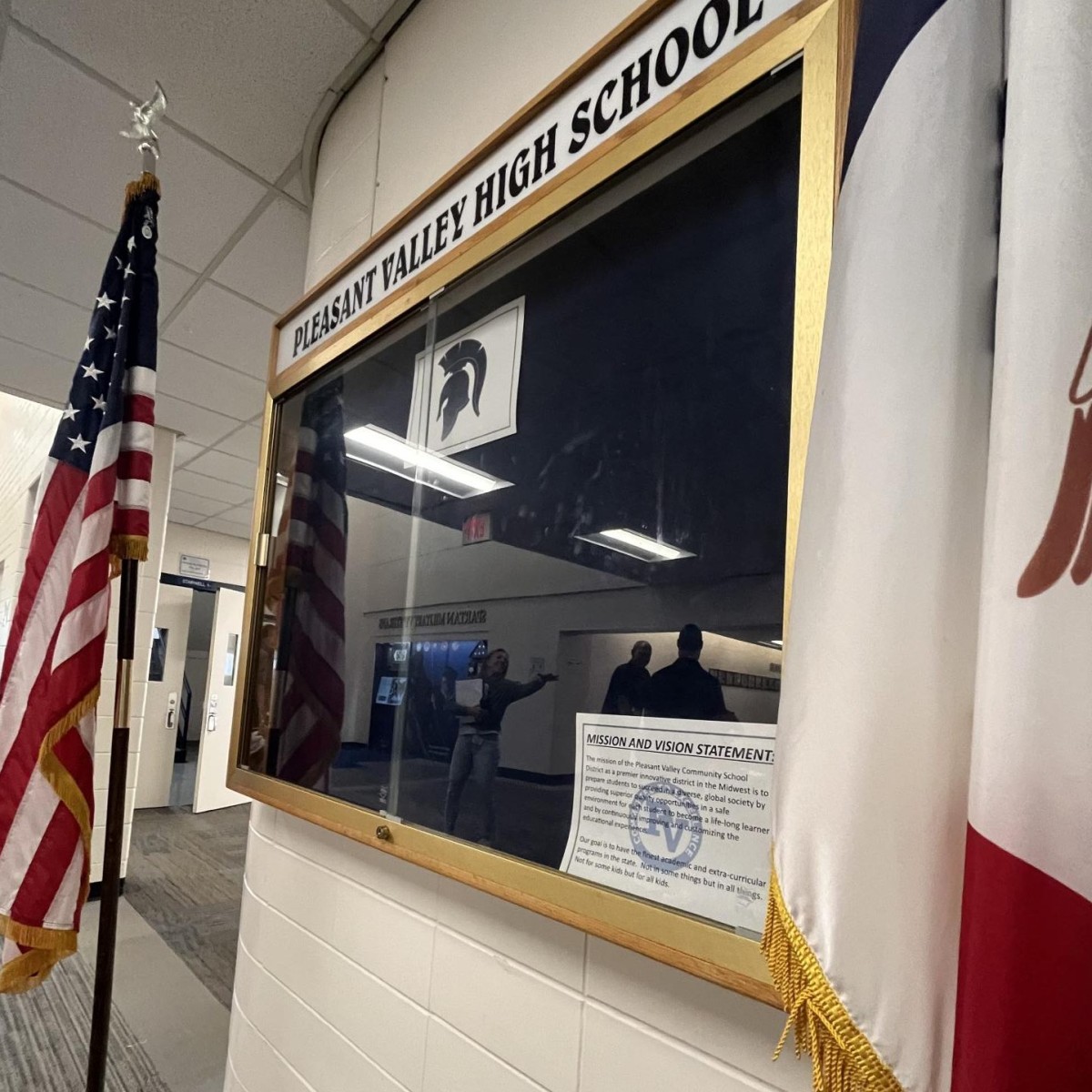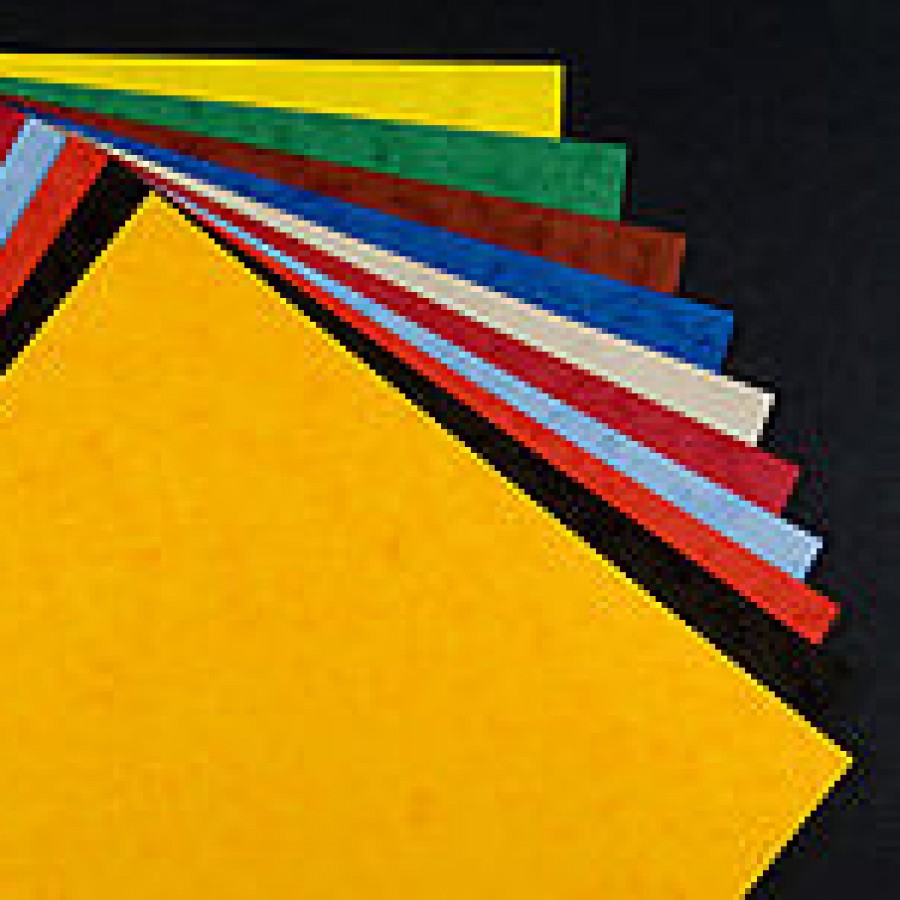
For Pleasant Valley students, the start of classes ordinarily means returning to the endless flow of paper assignments hot off the copy machine. However, in response to the district-wide paper shortage, many teachers have opted in favor of paperless methods for distributing class work, and students may have already begun to notice the changes.
Recently, the paper market has undergone an extreme shift with wood pulp prices rising 13% since Quarter 1 of 2018, according to statistics from Quad Graphics (researchers specializing in tracking paper commodities). This price increase, coupled with the closing of two major North American paper mills, has affected both the cost to manufacture paper and the price at which it is sold. However, the district has not yet felt the effects of the increased cost, but has instead faced a different issue.
The high school orders ten cases of colored paper and four-hundred cases of white paper via the Area Education Agency (AEA) per semester, with cases holding ten reams each, as reported by AV Room Manager Marilyn Waterloo. “The amount of paper purchased and the price we’ve paid for it hasn’t changed at all since last year,” she said. “The shortage is entirely due to complications with tariffs and things outside of our district and our control.” The high school is still yet to receive a large portion of the original order, especially a majority of the colored paper.
Some students are indifferent towards the lack of paper in classrooms and may even prefer online methods for completing assignments. Popular methods include websites like Google Classroom and Turnitin.com. Sophomore Mason Barnes personally enjoys more environmentally friendly options himself, “There are probably ups and downs. I like the idea of using less paper and making an effort to save some trees. I would be fine with going paperless and relying on my own laptop for the good of the cause.”
Teachers’ hands have also been forced to give up some of their habitual runs to the AV room. Art teacher, Aimee Peters, has had to give up some paper use for her own students. “I used to be able to let kids print whenever they want, especially since I have one of the only color printers in the building. I’ve just had to turn kids away,” said Peters. While the district is still waiting to receive the order, students and teachers alike can expect slight changes like these to remain in place


